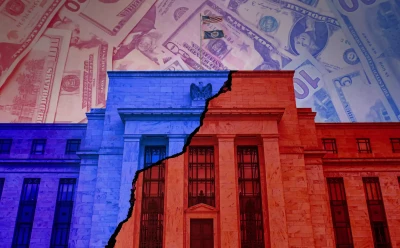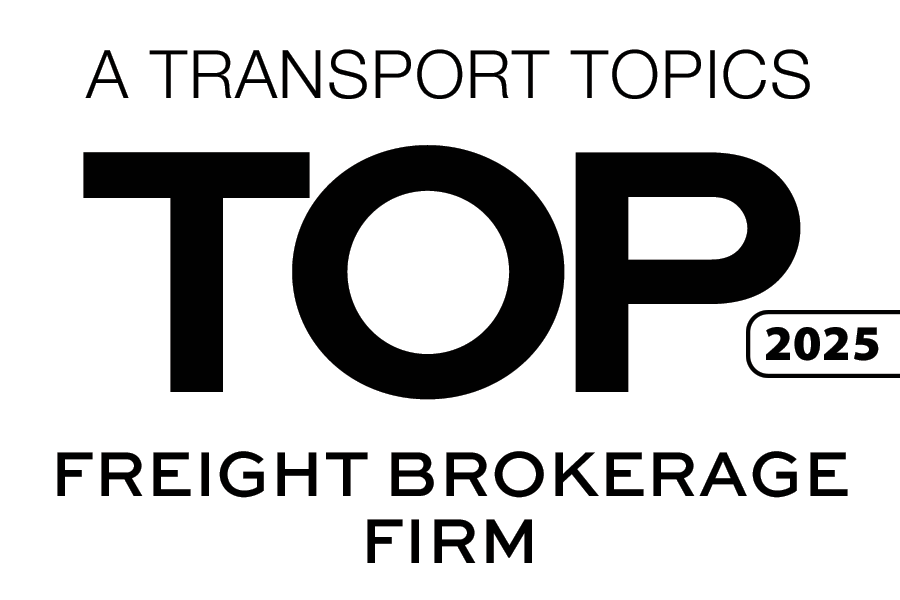Navigating Economic Turbulence Through Fiscal and Monetary Policy
March 5, 2024
 The threat of government shutdown and uncertainties surrounding interest rates are fueling the Federal Government and Federal Reserve’s actions to use all of the tools at their disposal to shape the nation’s financial path and try to enact successful policy. These decisions not only impact the broader economy but also have significant implications for the transportation industry.
The threat of government shutdown and uncertainties surrounding interest rates are fueling the Federal Government and Federal Reserve’s actions to use all of the tools at their disposal to shape the nation’s financial path and try to enact successful policy. These decisions not only impact the broader economy but also have significant implications for the transportation industry.
“There’s fiscal policy, which is spending and taxation, and then there’s monetary policy, which sets interest rates,” explains Dan North, Chief Economist at Allianz Trade North America.
In the realm of fiscal policy, there exists a delicate balance between government spending and taxation. Recent battles over appropriations in Washington have loomed large in the ongoing battle over a possible government shutdown. This impending shutdown serves as a stark reminder of the close ties between budgetary allocations and national stability.
A closer look at the federal budget reveals a landscape dominated by mandatory spending, particularly on entitlement programs like Social Security and Medicare. These programs inherently command a significant portion of government outlays, leaving discretionary spending in their shadow. While debates rage over discretionary spending, it’s the untouchable nature of entitlements that presents the real fiscal challenge.
How do recent fiscal and monetary policy moves impact the transportation industry? Stay informed with the latest episode of the Stay In Your Lane Podcast.
The exploitation of fiscal policy is also not without its share of controversy. A glance at historical budget charts reveal a steady increase, punctuated by spikes during crises like the pandemic. With entitlement programs driving much of this growth, the trajectory appears ominous. Whatever solutions might exist remain elusive amidst ongoing political turbulence.
“You’ve got a population that’s aging, so there are more requirements on Social Security, and because they’re aging, we’re keeping them sicker for longer, which strains Medicare for longer,” North explains. “Right now, we’re on a path that doesn’t look so good.”
In the realm of monetary policy, the Federal Reserve steers the metaphorical ship, wielding the power to influence interest rates. Tasked with combating inflation, the Fed’s maneuvers impact everything from consumer spending to investment decisions.
 “You can sustain a high debt level almost indefinitely as long as you’re the reserve currency, which we are,” North says of the conditions guiding Fed policy. “It’s a tradeoff. If you carry more debt, there’s going to be slower growth in the future. It does have to come down at some point.”
“You can sustain a high debt level almost indefinitely as long as you’re the reserve currency, which we are,” North says of the conditions guiding Fed policy. “It’s a tradeoff. If you carry more debt, there’s going to be slower growth in the future. It does have to come down at some point.”
Inflation, the specter haunting economic stability, has seen fluctuations in recent times. While certain metrics suggest a downturn, the reality is more nuanced. Rising prices, particularly in essentials like housing and fuel, continue to squeeze household budgets, despite nominal decreases in inflation rates.
As we navigate the fiscal and monetary currents, it’s essential to recognize the interconnected nature of these policies. While fiscal battles rage in the political arena, the broader economic landscape remains subject to the ebb and flow of monetary decisions.
The fiscal and monetary policies shaping our economic landscape are not just abstract concepts but powerful forces with tangible impacts on businesses and individuals alike. By understanding these dynamics, we can better navigate the currents of uncertainty and steer towards a more prosperous future.
At Triple T Transport, we remain vigilant, adapting to the ever-changing economic tides while ensuring the smooth flow of freight across the nation. As stakeholders in the transportation industry, we understand the importance of a stable economic environment and remain committed to weathering whatever storms may come our way. Contact us today for more information on our reliable and efficient freight services.














